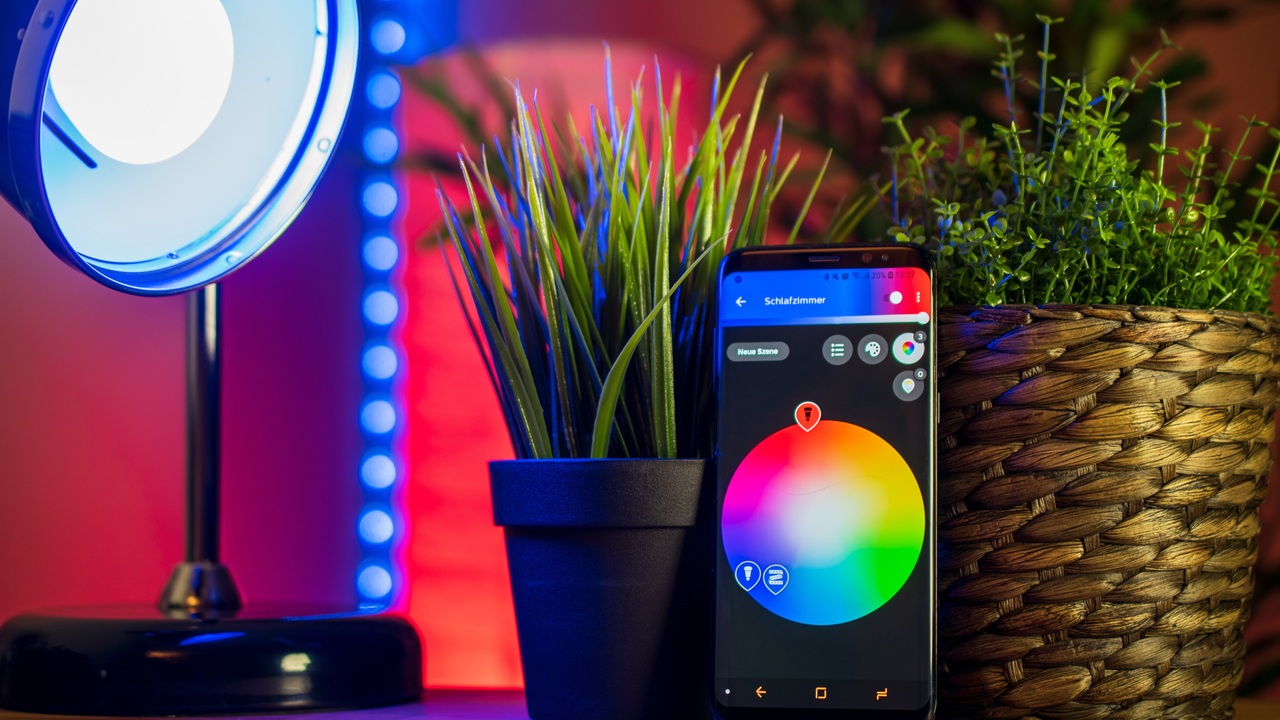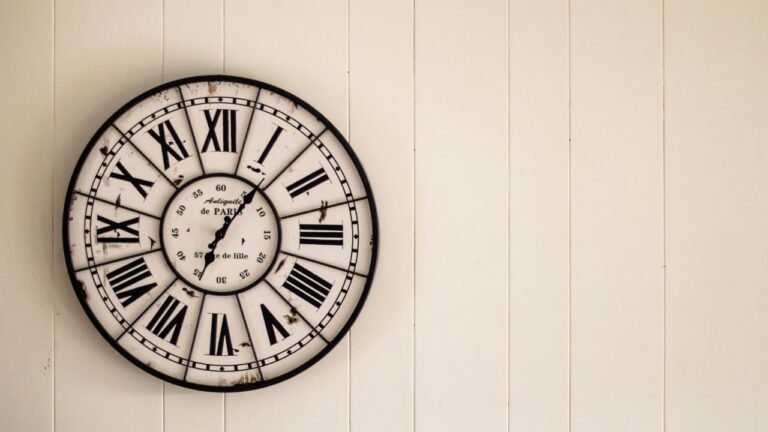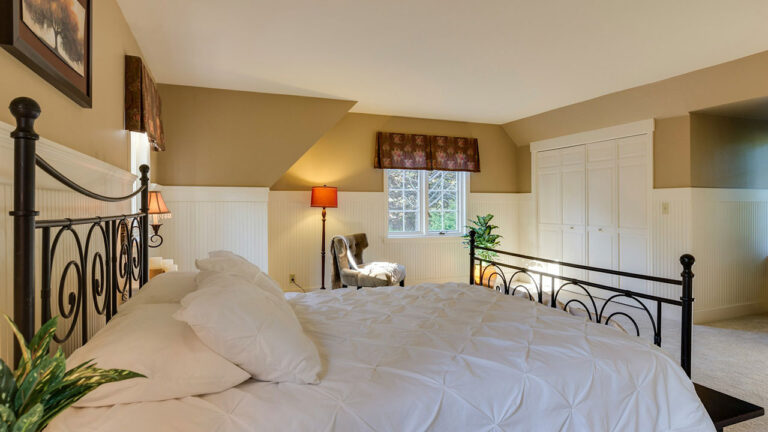If your home feels cold, this lighting choice is probably why
You walk in after a long day, flip the switch, and the room hits you with that sterile chill. Not the temperature—your thermostat sits fine—but the vibe. Everything looks flat, shadows sharp, colors muted. I’ve stood in my own kitchen feeling that same disconnect, wondering why the space never quite welcomes me back. Turns out, the culprit hides right above your head. Those bright white LED bulbs you swapped in to save on the electric bill? They’re the reason your home feels more office than retreat.
Light does more than let you see. It sets mood, shifts how walls read, even tricks your brain into comfort or unease. Cool tones scream efficiency; warm ones pull you in. You might have chased energy stars without realizing the trade-off. I’ve swapped bulbs back after guests asked if we were renovating—it looked that unwelcoming. Let’s unpack why this happens and how to fix it without hiking your bill.
You picked 5000K or higher
Check the box next time. Anything labeled daylight or cool white runs 5000 Kelvin and up. That range mimics noon sun—great for garages or workshops where you need every detail sharp. Indoors, it washes faces pale and furniture stark.
Your living room turns clinical. Eyes strain without noticing, and the space feels exposed. Studies show people rate rooms lit at 2700K as cozier than 5000K by wide margins. You sense it the second you sit down. Swap to 2700K or 3000K bulbs, and the same furniture warms up. Walls gain depth. You relax without knowing why.
The CRI sits below 80
Color rendering index measures how true objects look under the light. Cheap LEDs often hit 70 or lower. Reds turn brown, blues go gray. Your wood table loses grain, your couch fades.
You bought the pack for two bucks each, thinking all light works the same. It doesn’t. Aim for CRI 90 or higher. The jump costs a dollar more per bulb but lasts years. Colors pop, textures show. Your home reads lived-in again. I replaced a dining room set—same table, better light, instant upgrade.
You layered only overhead cans
Recessed lights blast straight down, leaving walls dark and corners empty. The room feels like a stage with one spotlight. You eat under a cone of brightness while the rest fades.
Add table lamps or sconces at eye level. Light bounces off surfaces, fills the space evenly. Shadows soften. You create pockets of glow instead of one harsh pool. I run two lamps on a timer—room feels occupied even when empty. Energy use stays low; comfort climbs.
Your bulbs push blue light hard

Cool LEDs spike in the 450-nanometer range. That blue suppresses melatonin, keeps you alert. Fine at 8 a.m., rough at 8 p.m. Your body reads it as midday.
You wonder why you scroll longer on the couch. The light tells your brain it’s go time. Switch to bulbs marketed as warm or use dimmers after sunset. Blue drops, eyes ease. Sleep comes quicker. I cut my bedroom to 2200K—cave-like, but I wake rested.
You matched wattage wrong
You swapped 60-watt incandescents for 9-watt LEDs and kept the count the same. Now the room’s dimmer than before. You compensate by adding more fixtures or brighter bulbs, pushing into cool territory again.
Figure lumens, not watts. A 60-watt incandescent gave 800 lumens. Match that output in LED. You might need fewer bulbs total. Light spreads even, color stays warm. I run four 800-lumen bulbs in the den—plenty, no glare.
The fixtures fight the bulb
That frosted globe diffuses light into a cold halo. Open shades or bare bulbs let warmth escape upward, lost to the ceiling. You see the source, not the glow.
Swap to fabric shades or opal glass. Light filters soft, walls catch the spill. Temperature reads lower even if the bulb stays the same. I swapped a metal pendant for linen—same 2700K bulb, totally different feel.
You forgot dimmers exist
Full brightness at all hours keeps the space on edge. Dimmers let you dial from task to mood. Drop to 30 percent in the evening; the room sighs.
Most LEDs now dim without flicker. Add a compatible switch for ten bucks. You save energy and gain control. I dim the kitchen to 50 percent for breakfast—bright enough to cook, gentle on sleepy eyes.
Smart bulbs default to cool

You installed app-controlled lights for convenience. The preset scenes lean 4000K and up—programmed for clarity, not comfort. You leave it there because changing feels like work.
Set a custom warm scene for evenings. Schedule it to shift automatically. The hardware stays smart; the feel stays human. I named mine “cozy”—one tap, and the house settles.
You mixed temperatures in one room
Kitchen cans at 4000K, lamp at 2700K. The clash pulls your eye, makes the space feel off. One area glows inviting, the other sterile.
Pick one range per room. Living areas 2700K, workspaces 3000K to 3500K. Consistency ties it together. I standardized the open floor plan—flow improved overnight.
You skipped the test
You bought a 12-pack online, installed them all, then hated the result. Now you’re stuck or spending again to fix.
Buy one bulb first. Live with it a week. Night and day. Return if it flops. Stores allow it. I keep a “test bulb” drawer—saves regret and cash.
Start with the room you notice most. Swap one fixture to 2700K, CRI 90. Sit with it an evening. You’ll feel the shift before you finish coffee. The house breathes again. Energy savings stay—modern LEDs sip power at any temperature. You keep the efficiency, drop the chill.
I’ve walked clients through this on the homestead. Same walls, same furniture, new light. They text weeks later: guests linger longer, kids read in the corners, the space finally fits. You deserve that too. Grab one bulb on your next errand. Your home’s waiting to warm up.
Like Fix It Homestead’s content? Be sure to follow us.
Here’s more from us:
8 upgrades that look like you spent thousands (but didn’t)
9 small changes that instantly make a house feel high-end
*This article was developed with AI-powered tools and has been carefully reviewed by our editors.







